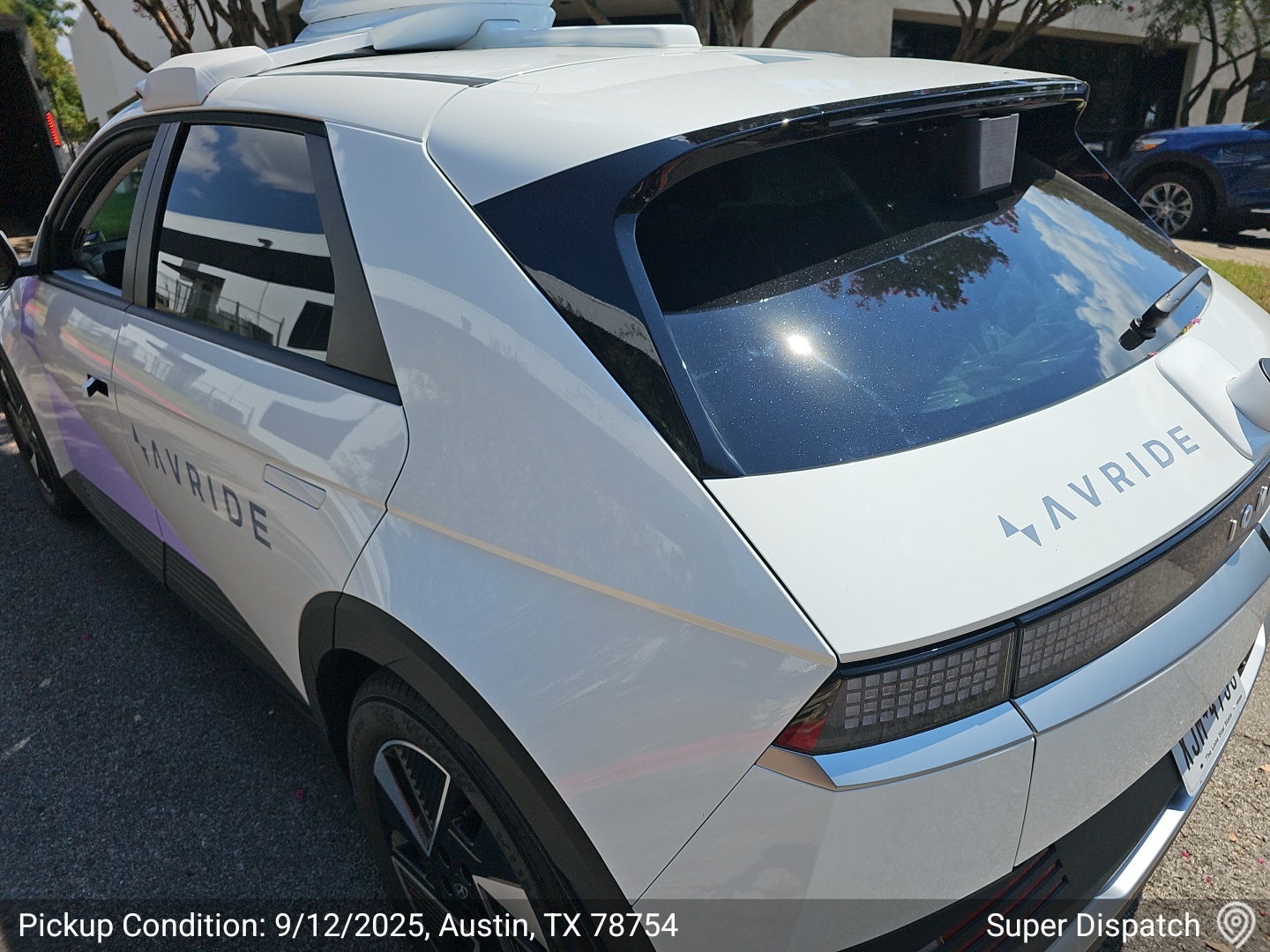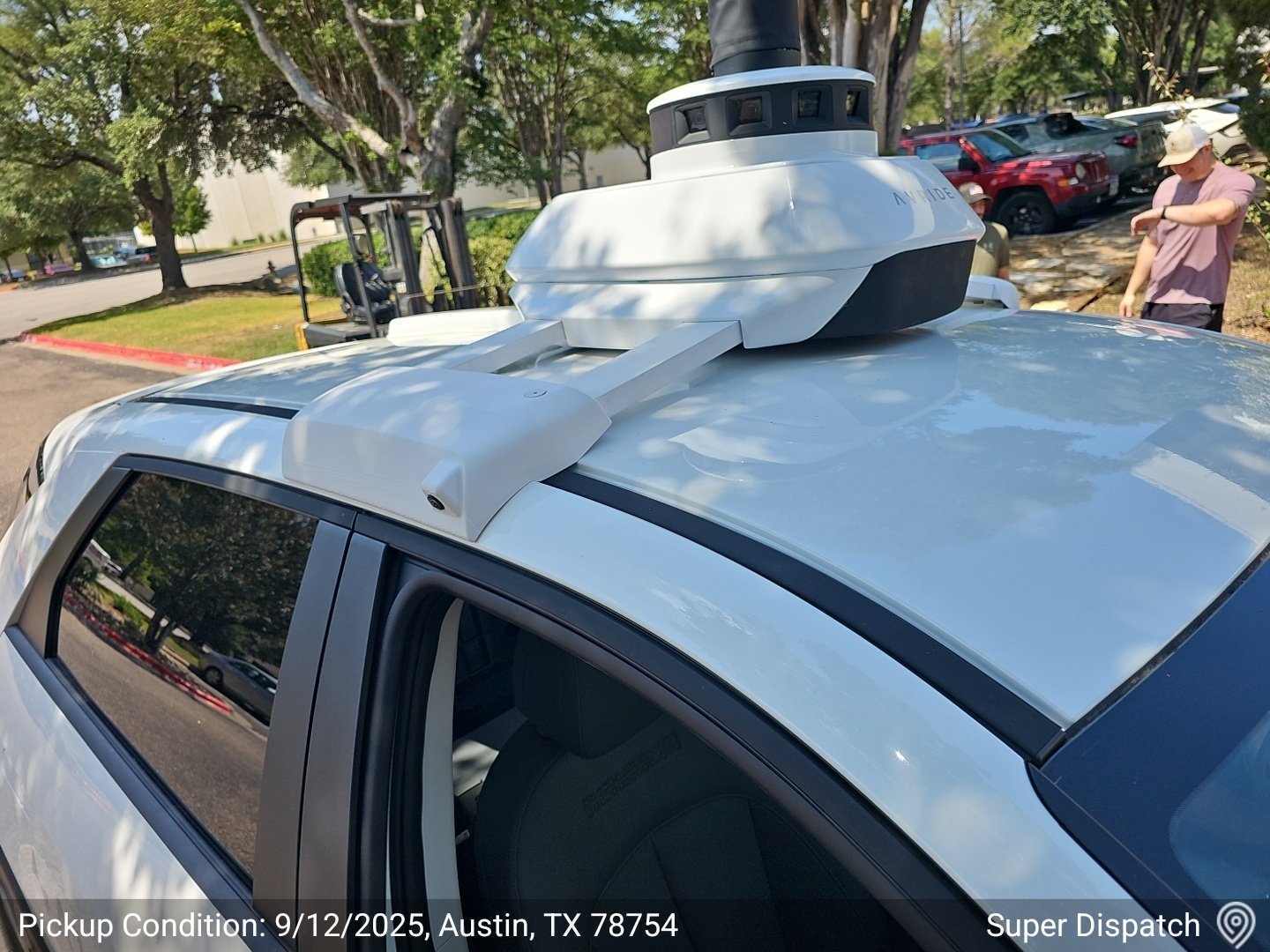The Future of Transportation: Picking Up an Autonomous Vehicle in Austin


Our team recently had the opportunity to pick up an AVRide AI autonomous car in Austin, Texas. It was not just a vehicle move, but also a front-row look at where transportation is heading. Autonomous vehicles, powered by artificial intelligence and paired with electric drivetrains, are becoming an increasingly important part of the automotive landscape. The combination of safety technology, sustainable design, and user-friendly systems shows how these cars could reshape daily life.
Key Features of Autonomous Vehicles
One of the most striking aspects of AVRide AI is its integration of cutting-edge safety systems. The car uses LiDAR, radar, and cameras working together to detect pedestrians, cyclists, vehicles, and even road signs. This layered approach provides more accuracy and reliability than human drivers alone, reducing blind spots and enhancing real-time awareness of the driving environment.
Inside the vehicle, the interface is designed for simplicity and ease of use. Everything from setting a destination to adjusting climate controls feels intuitive, showing how autonomous technology can make driving less stressful while still keeping the passenger in control when needed.
As an electric vehicle, AVRide also delivers zero-emission driving. The clean energy aspect cannot be understated. By combining autonomy with electric power, these cars contribute to reduced greenhouse gas emissions and support broader sustainability goals.
Another highlight is adaptive routing. The AI actively learns traffic patterns and updates its routes in real time. This means fewer wasted miles, more efficient commutes, and potentially less congestion across busy roadways.
Why Autonomous Vehicles Matter
Autonomous driving is no longer science fiction. It is here today and steadily becoming more common on U.S. roads. There are several reasons this shift matters.
First, safety. A significant percentage of accidents are linked to human error. Autonomous systems, with their constant monitoring and instant reaction capabilities, can reduce many of these risks. While no system is perfect, the ability of AI to process thousands of variables per second gives it an advantage over human reflexes.
Second, efficiency. Adaptive routing and optimized driving behavior help reduce traffic jams and wasted fuel. This can lower stress for commuters while making better use of existing infrastructure.
Third, environmental benefits. When autonomy is paired with electric drivetrains, the result is fewer emissions, quieter streets, and a more sustainable urban environment.
Implications for Auto Transport
The rise of autonomous and electric vehicles also impacts how these cars are shipped. Moving an autonomous vehicle requires additional planning and specialized handling. Unlike a conventional gas car, an EV or self-driving car cannot simply be jump-started if its battery runs out. Carriers need to know the exact charge level, typically around 20 to 30 percent for safe transport.
Insurance is another important factor. Replacement costs for autonomous and electric vehicles are often higher than those for traditional vehicles. Not all cargo policies automatically account for EV batteries or autonomous technology, so confirming coverage in advance is essential.
High-value vehicles like the Rivian, Lucid, or Porsche Taycan are often shipped in enclosed carriers for protection from weather and road debris. The same logic applies to autonomous cars, where owners want added peace of mind.
Regional laws also come into play. Certain states, including California, have stricter rules for EV and autonomous vehicle transport, which can affect routing and timelines.
Looking Ahead
The pickup in Austin highlights how quickly the industry is moving. Companies are actively testing and rolling out autonomous technology, and consumers are beginning to embrace it. What once seemed like a distant innovation is now part of real-world logistics and transport.
For those interested in learning more about AVRide AI, their official website offers additional information on the technology and its applications: www.avride.ai.
We also documented this recent pickup in a Google post, which can be viewed here: Autonomous Car Pickup in Austin.
Final Thoughts
Autonomous vehicles are changing the way we think about driving, commuting, and even shipping. With advanced safety systems, sustainable energy use, and AI-powered navigation, these cars are setting a new standard for mobility. Transporting them requires specialized knowledge, but with the right preparation, the process can be smooth and secure.
As the technology continues to develop, one thing is clear: the future of transportation has already arrived.
.png?width=300&height=72&name=Blue%20and%20White-01%20(1).png)